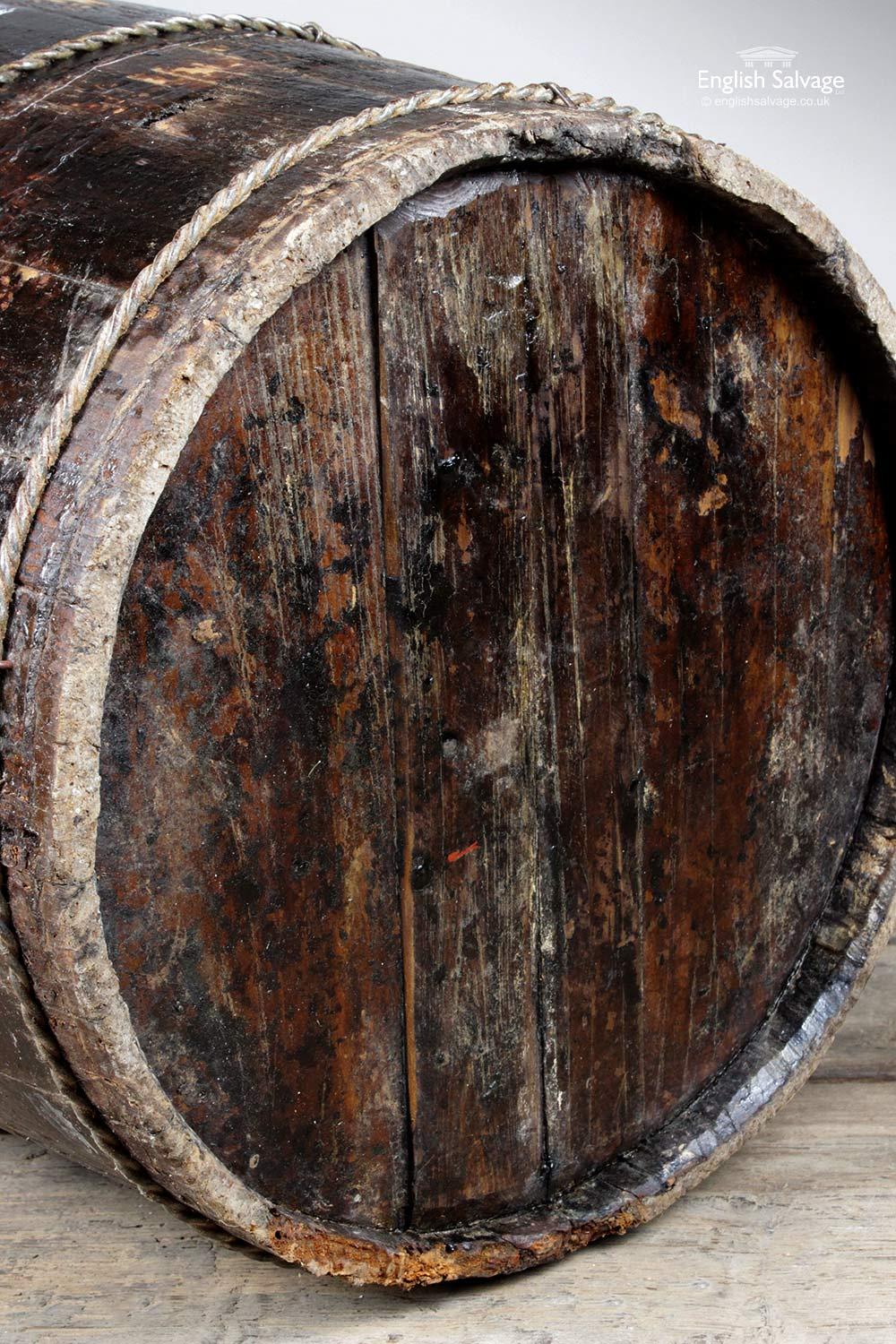
Most of the components I used–as you can see from the accompanying chart–were salvaged at no cost.
#Well buckets how to
If you’re in a quandary over how to fetch water from a well on your new property–or if you’re in the planning stages of having a well drilled on old property–you might be interested in learning how to construct a replica of our less-than-five-dollar bucket. to the extent that nowadays we no longer even think about installing a submersible pump to replace it. I might add that ever since that night, our bucket has given us nothing less than totally reliable service. By nightfall, we had even found a rope for the bucket, scavenged a pulley from an old crank from an ancient farm machine, and hooked everything up so that we could begin to draw water from the well that very evening! Sure enough, in less than one day’s work–and at a cost of only a few dollars–my father and I were able to build a serviceable, honest-to-goodness well bucket that was capable of holding approximately three gallons of water per loading. and the thing should only cost four or five dollars at the outside.” “We’ll need a tube or piece of pipe about four feet in length and four inches in diameter, sealed at the lower end, with a valve built into the bottom so the bucket’ll fill when it hits the water and close as it’s hauled up. “Heck,” he replied as soon as I had explained the situation, “why don’t we just make one of those buckets?” and thus was in a much better position than we were to suggest a possible solution to our problem. I say “as luck would have it” because Dad, who grew up in West Virginia, knows quite a bit about rural things (wells included). Then–as luck would have it–my fat her came to visit.
.jpg)
and, apparently, I couldn’t obtain one locally. I couldn’t leave my wife to go to West Virginia to order a well bucket. This grim bit of news left me in an excited state of desperation. only to be told that such devices weren’t used in our part of south-central Pennsylvania. Thinking that this would prove to be an immediate “way out” of our predicament, I questioned the well driller about the availability of the narrow, self-filling containers. I’d seen such buckets used when I was a youngster spending my vacations in West Virginia. One idea which sprang to mind was that we might use a well bucket temporarily, at least, until we could afford to go whole hog on a new pump. So we hired the electrician and then sat down to contemplate our remaining dilemma: How would we get water up out of the well, without dipping further into our perilously low bank account.
#Well buckets install
And, after we’d paid for the job, we simply couldn’t see our way clear to both have the house wired by an electrician AND install an expensive submersible pump in our new source of water. One of the reasons our finances were at such a low ebb was because I had invested a large chunk of our dwindling bankroll in the drilling of a well. We were, to put it bluntly, without electricity, without water, and to a large extent, without cash. We had just moved onto our homestead, canning season was upon us, and my wife was pregnant and due to deliver in early August. Last year’s mid-July found us in something of a bind. QUESTION: How do you draw water from a deep well without a pump? Instead, opt for a softwood, like pine or cedar.Click on the article’s Image Gallery for referenced figures and illustrations. It will be much harder to remove this template if you use a hardwood, like oak or walnut.



You can adjust the dimensions as you’d like, but it’s best if you don’t adjust the number of slats. The dimensions listed in this article will make a bucket with 12 slats that is 12 inches (30 cm) tall and 11 3⁄ 8 inches (29 cm) wide.Turn on your table saw and trim each slat to be 12 in (30 cm) in length. Use a straight edge to add the cutting lines. To cut them, pull out a measuring tape and use a carpentry pencil to mark the lengths off with hash marks. You can either purchase pre-fabricated slats from a construction supply store, or cut a larger chunk of wood into individual pieces. Each slat must have a thickness of 3⁄ 4 in (1.9 cm) and a width of 2 1⁄ 2 in (6.4 cm). Purchase slats or cut 12 wood boards to create your slats.


 0 kommentar(er)
0 kommentar(er)
